Trends for 2026: Where Classic Elegance Meets Conscious Design
As we step into 2026, interior design stands at the intersection of elegance and responsibility. The year ahead will be defined by spaces that feel timeless yet forward-thinking—rooted in craftsmanship, guided by sustainability, and inspired by fashion’s artful flair. The best designs will be those that honor authenticity, celebrate individuality, and put people at the heart of every decision. Classic elegance is not going away—it’s simply evolving into something more conscious, more connected, and more deeply human.
written by Monika Budniak
10/11/20254 min read
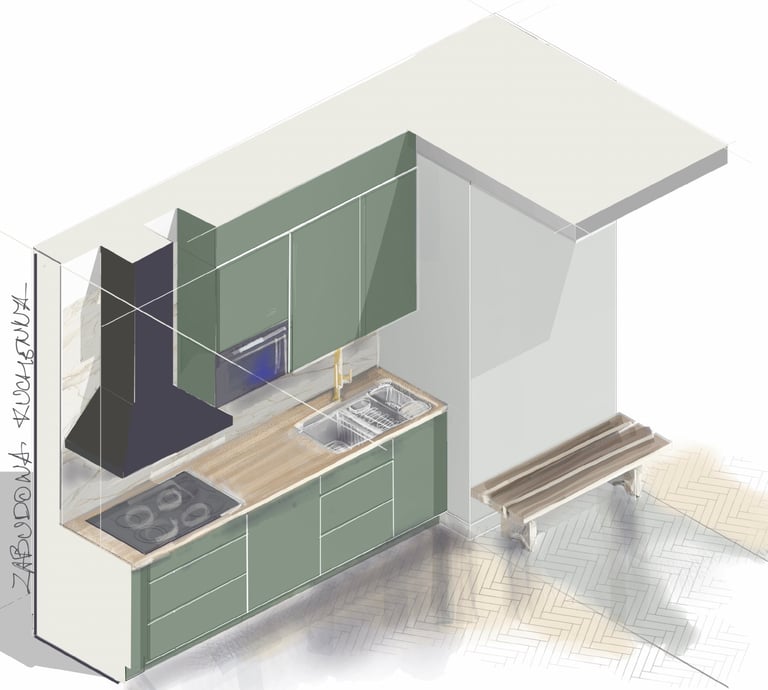

It’s hard to believe we’re already talking about the upcoming year—but with fall in full swing, there’s no turning back. The design world is always a step ahead, and the creative energy shaping 2026 is already coming into view. The upcoming year promises a refined blend of timeless elegance and conscious living, where sustainability, comfort, and personal expression take center stage.
Everyone who knows me knows how much I love fashion. I still remember my first boss at a very formal architectural office in Poland joking, “Monika is on the runway every day.” He wasn’t wrong—fashion has always been my way of expressing myself. More importantly, it’s what ultimately guided me toward interior architecture rather than traditional architecture. Fashion, like architecture, is about structure, material, and emotion—it tells a story through form and texture.
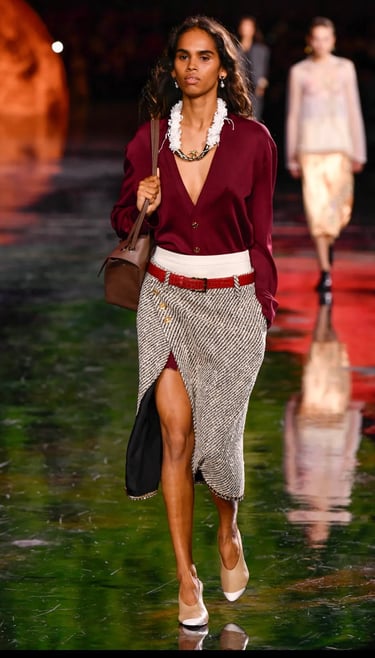

Inspired by the Runway
This year’s Paris Fashion Week was particularly inspiring. The earthy color palettes—rich browns, soft neutrals, and bold accents of tomato red or sage green—spoke to me on a deep level. The pairing of grounded, natural tones with daring pops of color embodies a spirit of quiet confidence. It reflects how interiors are evolving: timeless foundations accented with elements of surprise. The combination of classic elegance and the unexpected feels perfectly aligned with how I envision my upcoming projects evolving in 2026.
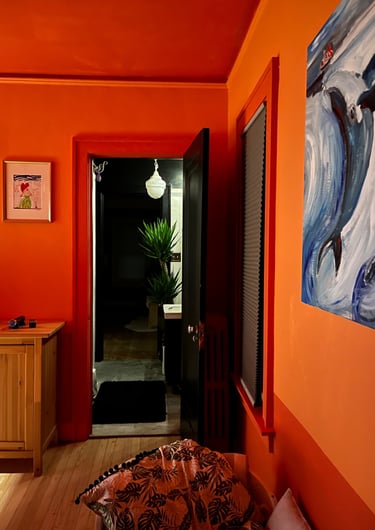

Ceilings Take the Stage
One of the most exciting shifts we’ll see in 2026 is the renewed attention to ceilings. After years of being overlooked, the “fifth wall” will finally have its moment. Whether through paint, wallcoverings, or subtle color gradients, we’ll see hues cascading from ceiling to wall, creating soft transitions that envelop the room. This layered approach not only adds visual interest but also creates a sense of continuity and calm.
To ground these compositions, natural wood floors—especially in bright tones and classic herringbone patterns—will play a defining role. This pairing of historical detail with modern simplicity reflects the broader movement toward interiors that feel both sophisticated and lived-in. Much like fashion, it’s about balancing tradition with individuality.
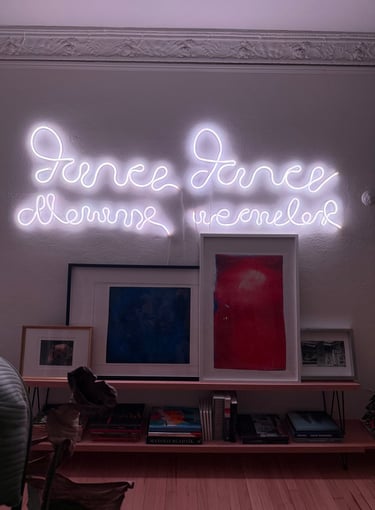

Authenticity in Art and Expression
Art will also take on new significance in 2026. We are moving beyond generic décor toward authentic art selections that truly reflect the character of the homeowner. The pieces we choose will become visual narratives—windows into personality, memory, and passion. This authenticity makes spaces feel more curated and alive.
Collectors and homeowners alike are turning toward local artists, handmade pieces, and one-of-a-kind finds. These choices not only add depth to interiors but also align with a growing appreciation for craftsmanship and individuality.
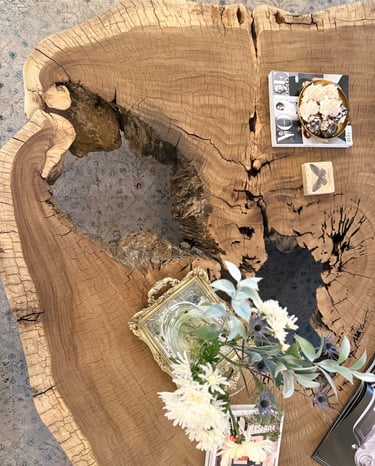

Scandinavian Calm Meets Japanese Simplicity
Looking ahead, global design inspiration continues to draw from Scandinavian and Japanese aesthetics—two philosophies united by their appreciation for simplicity, nature, and balance. The “Japandi” style remains influential, merging the warm minimalism of Scandinavian design with the timeless serenity of Japanese tradition.
Expect interiors to feature natural materials, tactile finishes, and muted color palettes that evoke peace and mindfulness. These calm, grounding spaces remind us of what truly matters—connection to nature, intentional living, and the beauty of imperfection. Sustainability and biophilic design remain at the heart of this trend, reinforcing a mindful relationship between people and their environment.
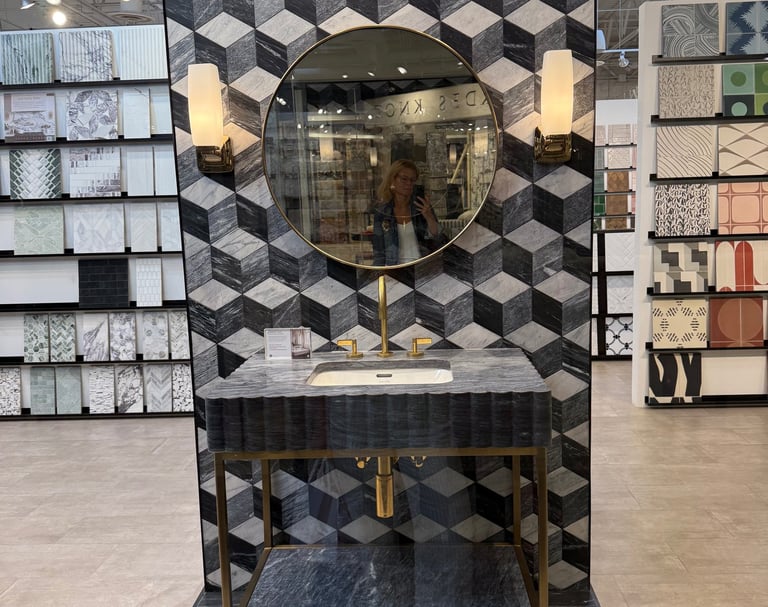

Local Focus Amid Global Challenges
No conversation about design trends in 2026 can ignore the economic context, particularly the impact of tariffs. Many homeowners and small builders are understandably concerned about rising costs, especially in lighting, furniture, and hardware. While these challenges introduce uncertainty, they also present an opportunity to rethink how and where we source materials.
A stronger focus on local products supports the circular economy and reinforces a sustainable approach to design. During my recent visit to the Michigan Design Center in Troy, I was pleased to see that prices have remained relatively stable so far. Still, this moment encourages us to strengthen relationships with local vendors and artisans, ensuring that our projects remain resilient, authentic, and environmentally responsible.
The conversation about tariffs also mirrors broader themes in our world today—uncertainty, adaptation, and the need for creativity in the face of change. As designers, we have the privilege and responsibility to respond with optimism and innovation.
